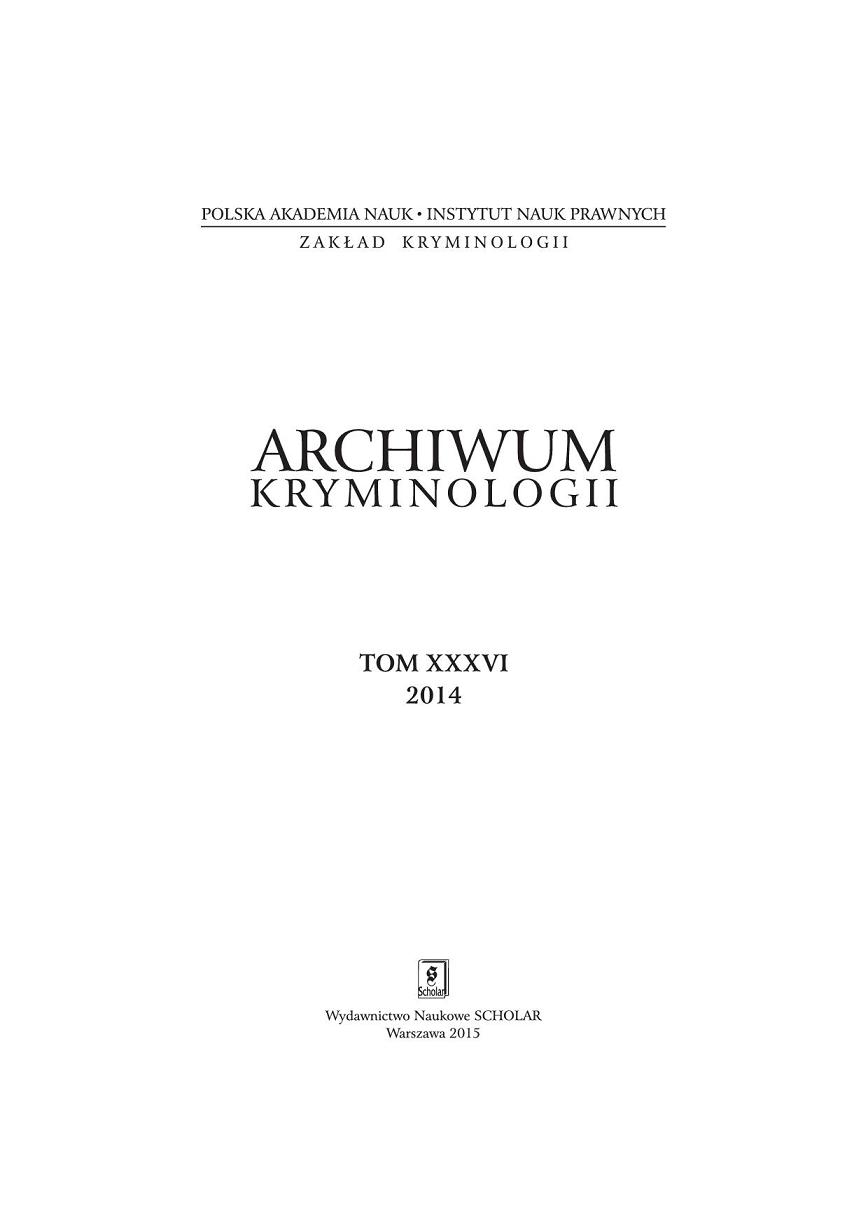Zjawisko przemytu dóbr kultury
Trafficking in Cultural Property
Author(s): Olgierd JakubowskiSubject(s): Law, Constitution, Jurisprudence
Published by: Instytut Nauk Prawnych PAN
Keywords: trafficking; cultural property;
Summary/Abstract: Trafficking in cultural property is a transnational crime that threatens world cultural heritage and jeopardizes legitimate trade in art. The smuggling of cultural property assumes a number of forms. Items might be illegally imported or exported, cultural property might be take out of a country on a temporary permit and not returned, and cultural property might not be declared when it is brought into a country to avoid paying duty. Given such diverse forms of smuggling, criminologists find it hard to give an unequivocal definition of trafficking in cultural property and to specify who is a trafficker and who is not. The illegal transfer of cultural property across national borders is often connected to, if not tightly bound with, other types of crime. Criminals who steal precious works of art and organized gangs that loot archaeological sites all factor smuggling into their plans to sell the stolen cultural property. Trafficking often remains undetected until a stolen item is found abroad. Unless the item is found, many years can transpire before anybody realizes that it was illegally moved across national borders. Law enforcement statistics consequently fail to fully convey the scale of trafficking in cultural property. It is also worth noting that cultural property, and especially works of art, is of interest to organized crime and used as collateral in e.g. drug transactions and money laundering. Globalization has strengthened the phenomena that stimulate trafficking in cultural property. Streamlined movement of goods, limited border checks and higher traffic between countries are all contributing factors that heighten the risk of cultural property being illegally transferred. Preventive measures are required to alleviate this risk. International organizations such as UNESCO, UNODC and Interpol have been combating trafficking in cultural property by devising practical measures and drawing up regulations to help contain the problem. Unfortunately, these have met with mixed success. The measures devised to prevent the illegal movement of cultural property between EU member states have proved to be ineffective, prompting changes to both Polish law and EU regulations. This paper outlines the scale and extent of trafficking in cultural property and discusses the legal regulations designed to combat it.
Journal: Archiwum Kryminologii
- Issue Year: 2014
- Issue No: XXXVI
- Page Range: 389-422
- Page Count: 34

